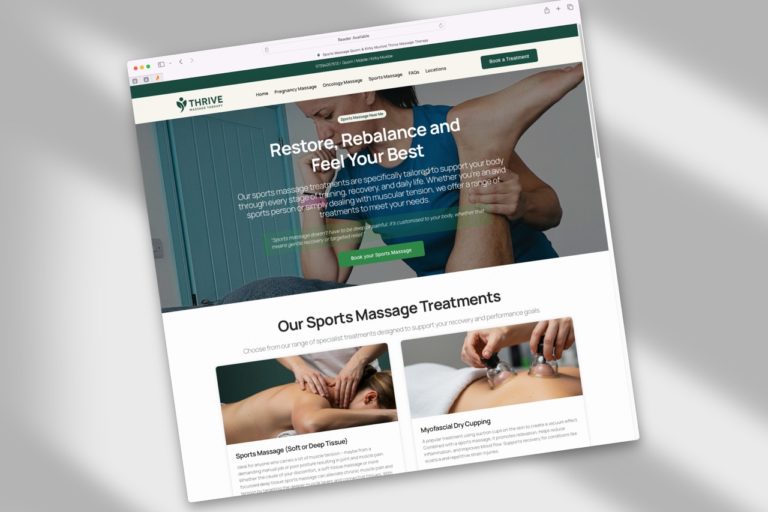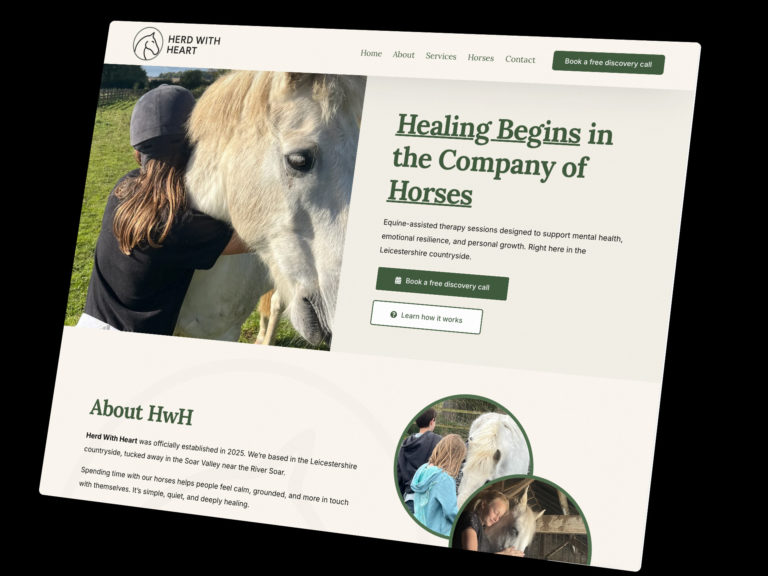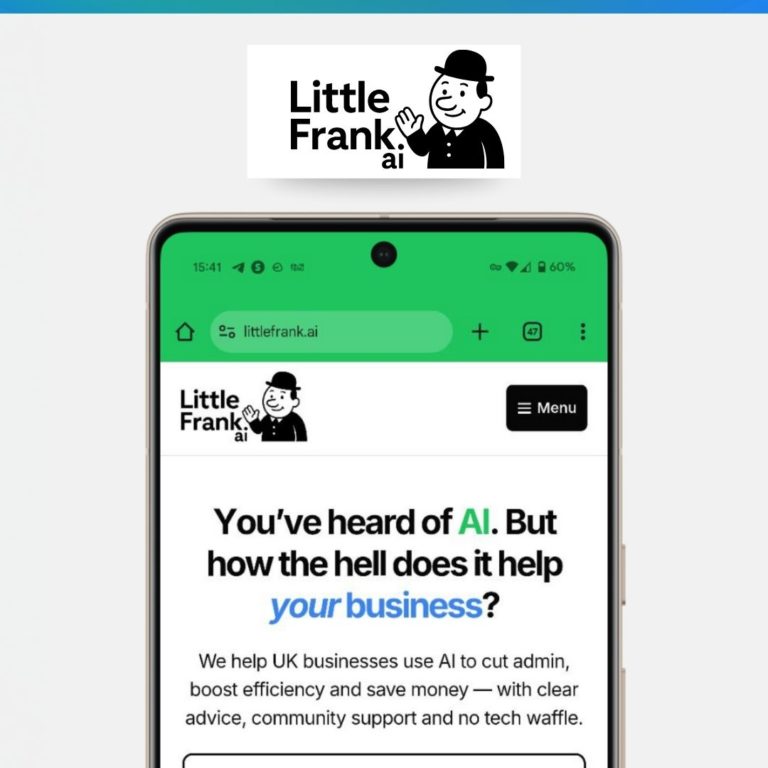In today’s competitive digital landscape, having a strong SEO strategy is essential for any business looking to increase its online visibility and attract more customers. Search Engine Optimisation (SEO) can be a complex field, but by focusing on a few key areas, you can significantly enhance your website’s performance on search engines. This article will delve into five expert tips to boost your SEO, complete with real-life examples from successful businesses. Implementing these strategies will help you stay ahead in the digital race.
1. Use Long-Tail Keywords
Long-tail keywords are specific phrases that potential customers are likely to use when searching for your products or services. Unlike broad keywords, long-tail keywords are less competitive and more targeted, making it easier to rank higher in search results.
Example: A local bakery in Loughborough, “Sweet Delights,” initially targeted broad keywords like “bakery” and “cakes.” However, they struggled to rank high in search results due to high competition. By shifting their focus to long-tail keywords such as “custom wedding cakes in Loughborough” and “gluten-free pastries in Leicestershire,” they noticed a significant increase in organic traffic and inquiries.
How to Implement:
- Conduct keyword research using tools like Google Keyword Planner, Ahrefs, or SEMrush to find relevant long-tail keywords for your industry.
- Integrate these keywords naturally into your website content, including blog posts, product descriptions, and meta tags.

2. Engaging Meta Descriptions
Meta descriptions are summaries of your webpage content in search engine results. Crafting compelling meta descriptions can significantly impact your click-through rates (CTR).
Example: A digital marketing agency, BrightSpark Solutions, revamped its meta descriptions to be more engaging and informative. For a blog post about social media strategies, they changed the meta description from “Learn about social media strategies” to “Discover effective social media strategies to boost your brand’s online presence and engagement.” This simple change led to a 20% increase in CTR within a month.
How to Implement:
- Write meta descriptions that are clear, concise, and include a call to action.
- Ensure each meta description accurately reflects the content of the page.
- Keep meta descriptions under 160 characters to ensure they are fully displayed in search results.
3. Faster Load Times
Website speed is a crucial factor for SEO and user experience. Search engines, especially Google, prioritise fast-loading websites in their rankings.
Example: An e-commerce store, “Eco-Friendly Products UK,” faced high bounce rates due to slow page load times. After conducting a website audit, they optimised their images, reduced server response time, and utilised browser caching. These changes improved their page load time from 5 seconds to under 2 seconds, resulting in a 30% increase in conversions and better search engine rankings.
How to Implement:
- Compress and optimise images to reduce file sizes without sacrificing quality.
Minimise the use of heavy scripts and plugins. - Use tools like Google PageSpeed Insights to identify and fix issues slowing down your site.
4. Responsive Design
A responsive design ensures your website provides a seamless experience across all devices, including desktops, tablets, and smartphones. With mobile traffic accounting for more than half of global web traffic, responsive design is critical for SEO.
Example: A local restaurant, “The Green Leaf,” noticed that many visitors left their site when accessed via mobile devices. Switching to a responsive design provided a better user experience, which led to longer visit durations and lower bounce rates. Consequently, their search engine rankings improved, attracting more local customers.
How to Implement:
- Use a website builder like Elementor to create responsive designs easily.
- Test your website on various devices to ensure compatibility.
- Ensure buttons and links are easily clickable on smaller screens.
5. Backlink Building
Backlinks from reputable sites signal to search engines that your content is valuable and trustworthy. Quality backlinks can significantly boost your SEO efforts.
Example: A fintech startup, “SmartFin Solutions,” invested in a content marketing strategy that included guest blogging and collaborating with industry influencers. By securing backlinks from authoritative sites like TechCrunch and Finextra, they improved their domain authority and saw a 40% increase in organic traffic.
How to Implement:
- Create high-quality, shareable content that others will want to link to.
- Reach out to industry blogs and websites for guest posting opportunities.
- Participate in online forums and communities relevant to your industry to naturally earn backlinks.
Conclusion
Improving your website’s SEO is an ongoing process that demands attention to detail and a strategic approach. By using long-tail keywords, creating engaging meta descriptions, speeding up load times, ensuring responsive design, and establishing quality backlinks, you can significantly enhance your website’s search engine performance. Remember, the goal is to deliver value to your audience while adhering to SEO best practices.







